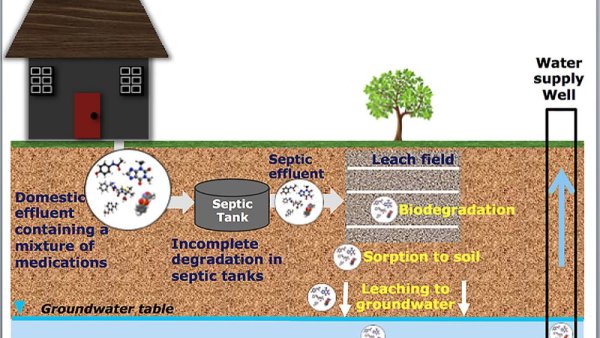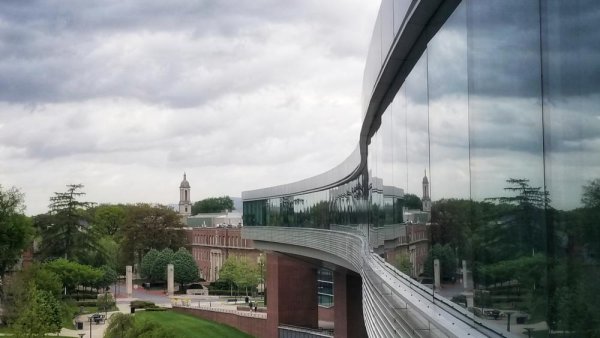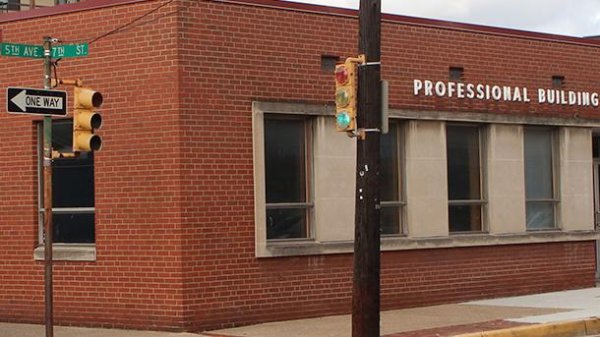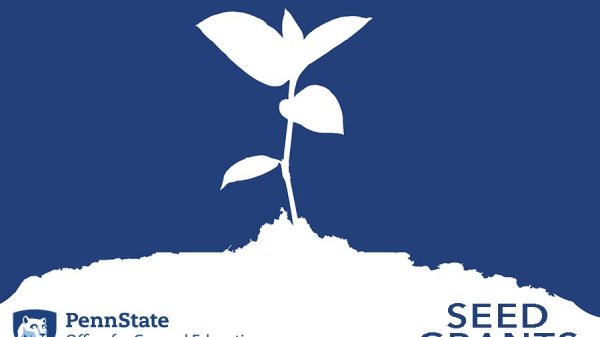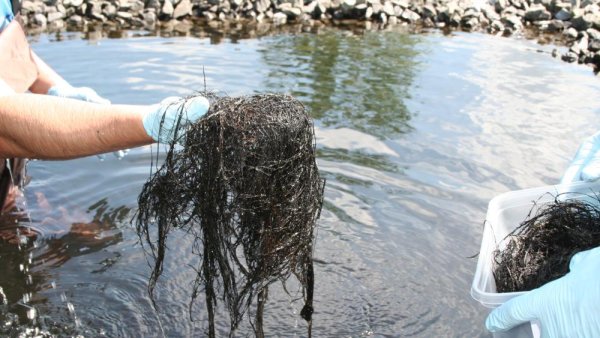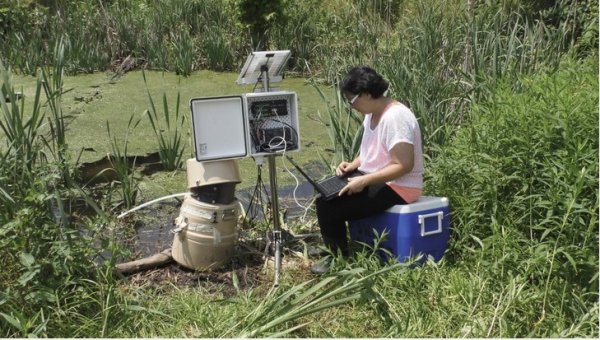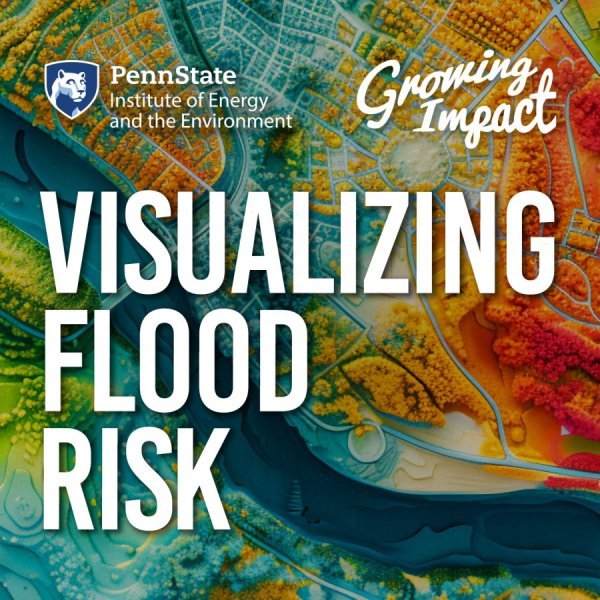Sankey first online educator named Faculty Academy Fellow
| psu.edu
Haley Sankey has always enjoyed finding creative ways to reach out to her adult learners. Now she’s hoping to use that creativity to improve learning on campus and beyond. Sankey, an assistant teaching professor at the John A. Dutton e-Education Institute, recently became the first Penn State World Campus faculty member selected as a fellow in the Faculty Academy for Engaged Scholarship.
Small amounts of pharmaceuticals found in north central Pa. rural well water
| psu.edu
Drinking water from wells in rural north central Pennsylvania had low levels of pharmaceuticals, according to a study led by Penn State researchers.
Self-heating, fast-charging battery makes electric vehicles climate-immune
| psu.edu
Californians do not purchase electric vehicles because they are cool, they buy EVs because they live in a warm climate. Conventional lithium-ion batteries cannot be rapidly charged at temperatures below 50 degrees Fahrenheit, but now a team of Penn State engineers has created a battery that can self-heat, allowing rapid charging regardless of the outside chill.
Three new co-funds join Institutes of Energy and the Environment
| psu.edu
Three faculty members recently joined the Institutes of Energy and the Environment (IEE) in three different areas of expertise. Two are in the Donald P. Bellisario College of Communications, and the other is in the College of Earth and Mineral Sciences. This is the first time that IEE has had co-funded faculty in the Bellisario College.
Retrofitting roofs in Pennsylvania's 'Rust Belt'
| psu.edu
Esther Obonyo, associate professor of engineering design and architectural engineering, was awarded a $25,000 grant from Penn State’s Institutes of Energy and the Environment to design and test a new roofing composite. The project is part of a cross-institutional, multidisciplinary initiative led by Penn State New Kensington’s Corner Launchbox focused on refreshing the community’s image and economy.
Penn State researchers develop a way to predict and mitigate catastrophic shorts for improved OLED lighting panel reliability
| energy.gov
With the help of DOE funding, researchers at Penn State University are developing a basic scientific understanding of how shorts originate and grow to a catastrophic level, thus causing the failure of organic light-emitting diode (OLED) panels.
College of Engineering announces faculty promotions
| psu.edu
Thirteen Penn State College of Engineering faculty members have been selected for promotions, effective July 1, 2018.
Integrative Studies Seed Grants awarded to faculty across University
| psu.edu
The Office for General Education has announced this year’s seed grants to support the development of Integrative Studies courses. The awarded proposals are representative of a wide range of academic disciplines, and include proposals from faculty at Penn State campuses across the Commonwealth.
Sanitizing hospital sewage
| psu.edu
Researchers at Penn State have developed a water filtration system that removes contaminants and reduces toxicity in hospital wastewater.
Civil engineering graduate student's internship offers priceless experience
| psu.edu
Internship experience can be an invaluable part of education, and no one knows that more than civil engineering doctoral candidate Jaskanwal Chhabra, who spent the fall semester at one of the leading architecture, interior design and engineering firms in the world.
Interdisciplinary projects awarded seed grants from IEE
| psu.edu
The 2017–18 Institutes of Energy and the Environment (IEE) seed grant recipients have recently been awarded to 16 groups of interdisciplinary researchers at Penn State. This year nearly $350,000 have been awarded to more than 40 researchers in five colleges at University Park as well as at four campuses.
Presence, persistence of estrogens in vernal pools an emerging concern
| news.psu.edu
Estrogens in treated wastewater that find their way into temporary wetlands known as vernal pools persist for weeks or even months, according to researchers, who suggest that persistence may have implications for these critical aquatic habitats.


